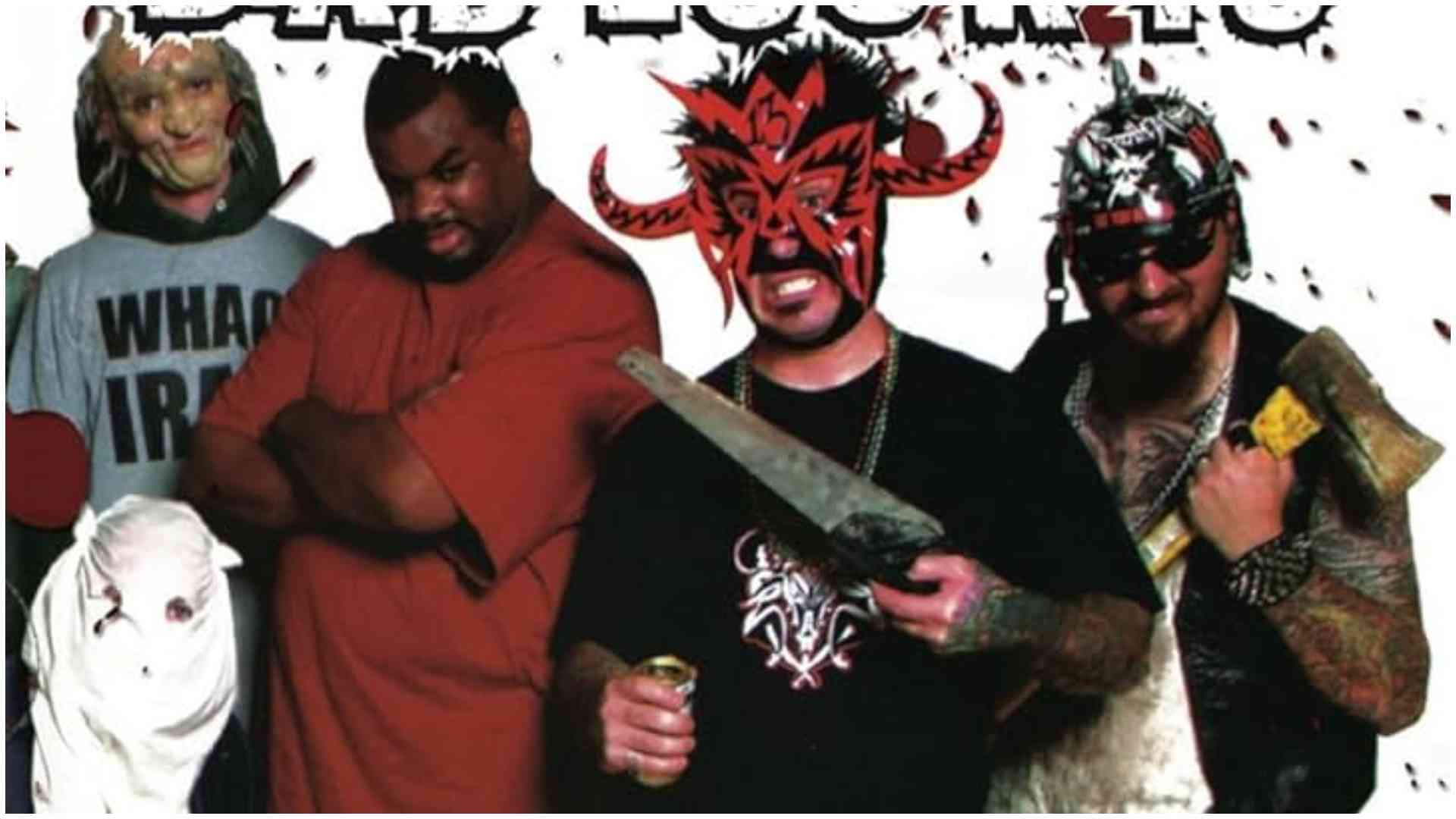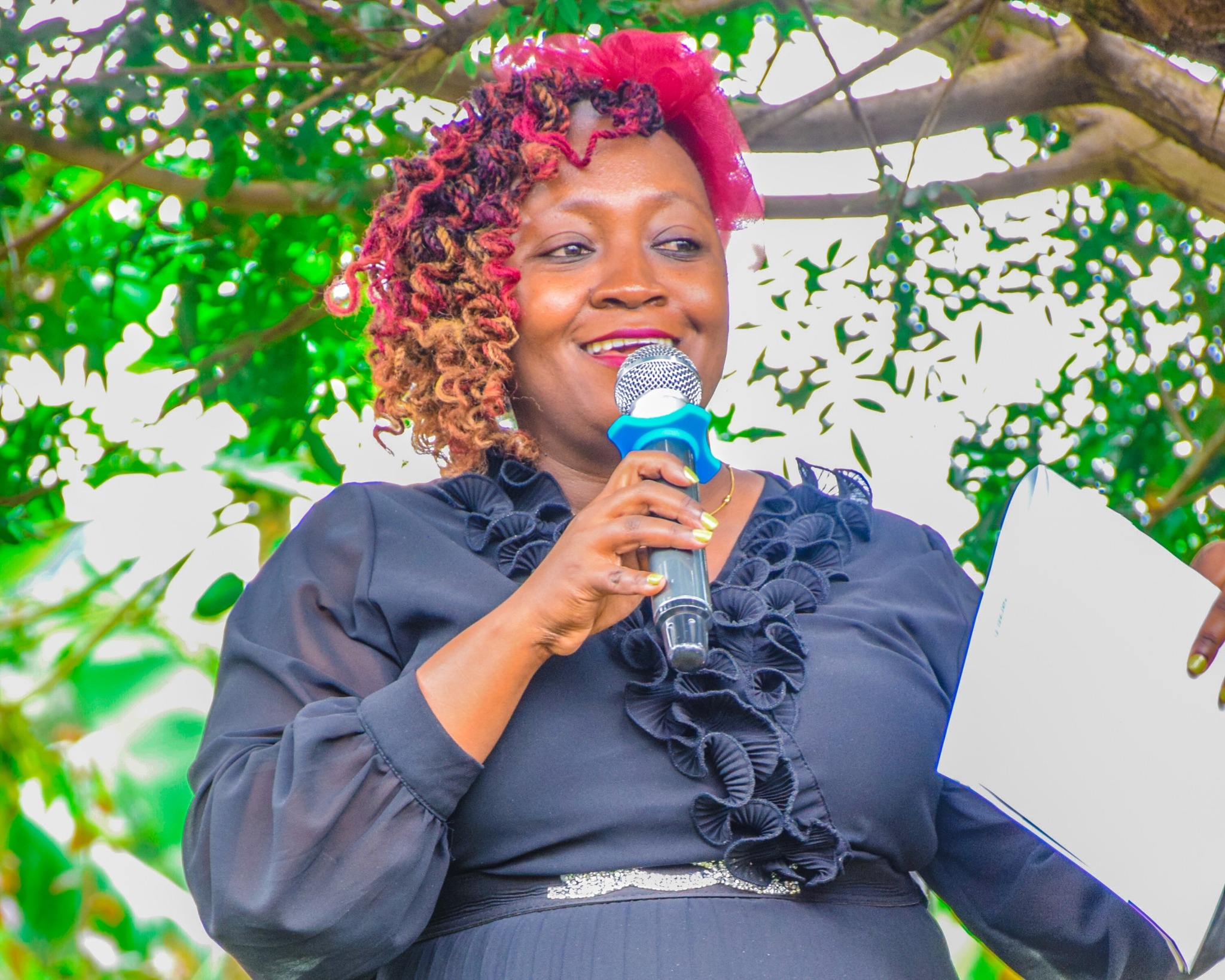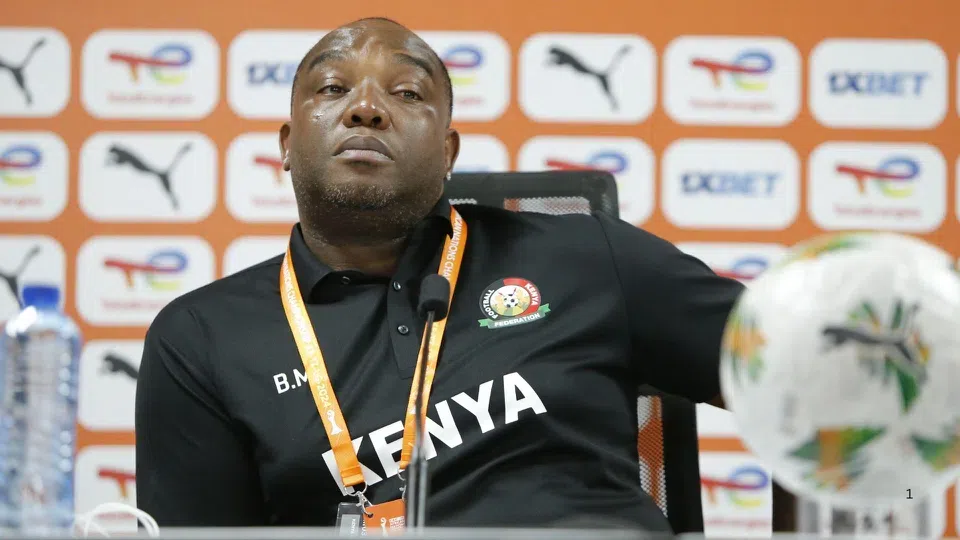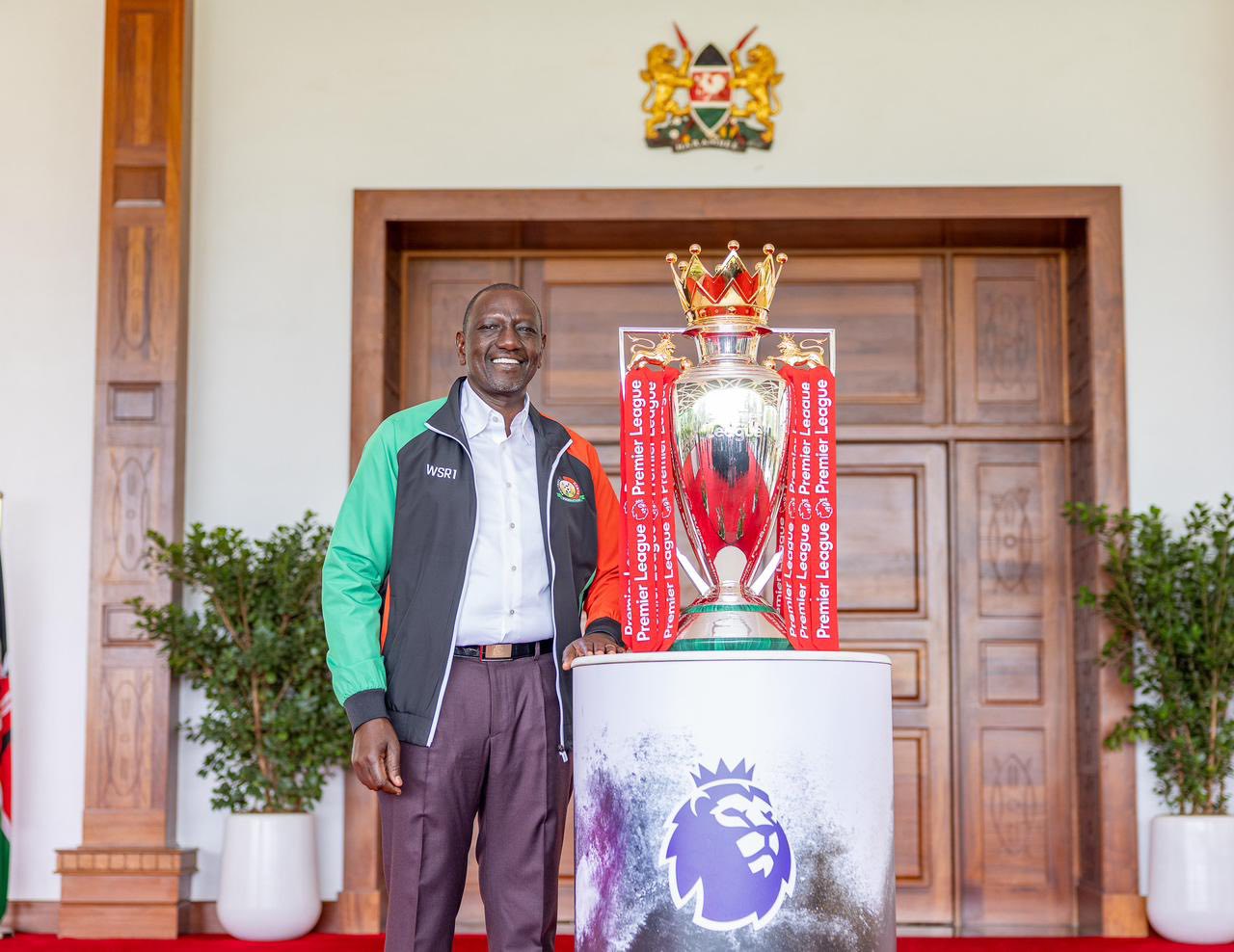The Real Story Behind How Kawangware Got Its Name
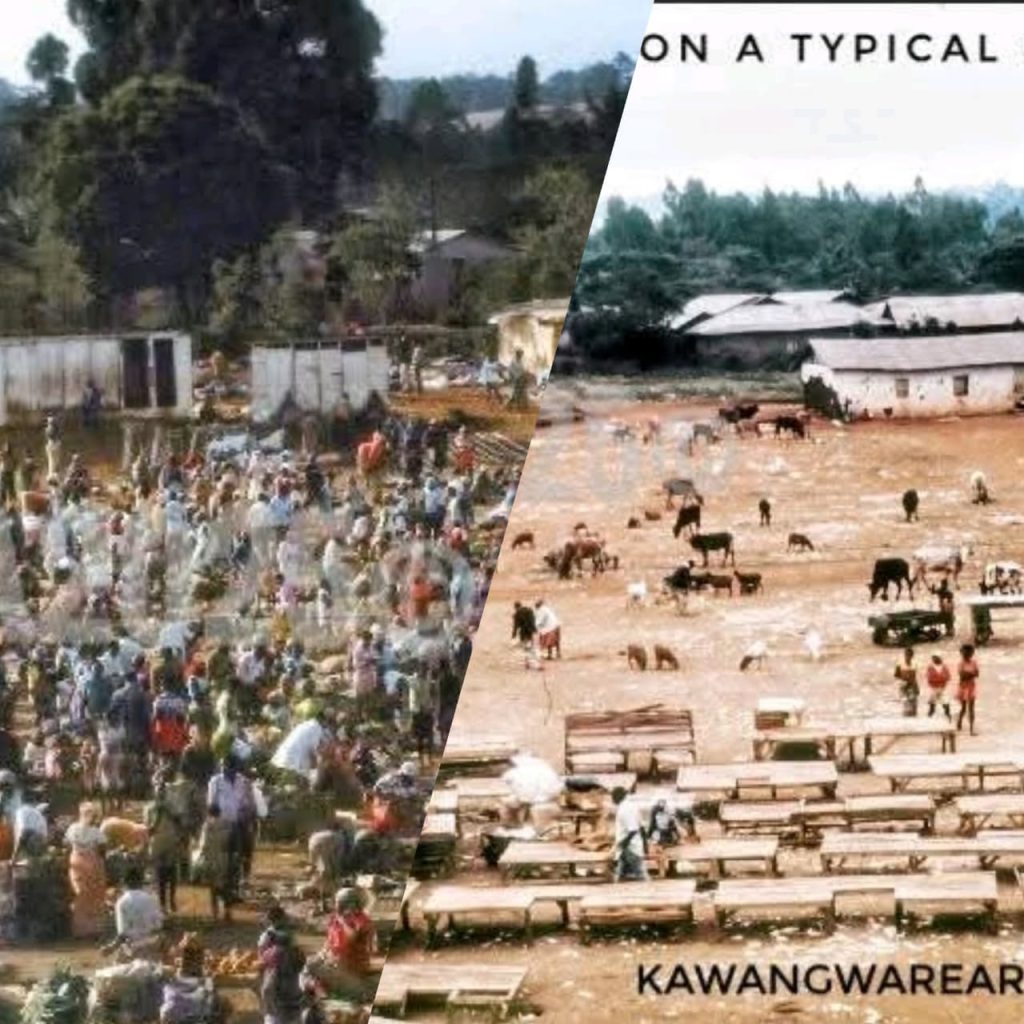
The name Kawangware has long intrigued residents and historians, inspiring both myth and fact-filled debate about its true origin.
For years, a popular story claimed that the name came from the guinea fowl, ngware in Kikuyu. While it’s a charming explanation, this version has little historical support and is largely dismissed as a myth passed through generations.
Elders who lived in the area before 1950 offer a more credible account. They recall that the region was originally known as Riruta. In the early 1950s, a man opened a small shop near what is now BP stage and named it Ngware, a Kikuyu term meaning “dawn” or “early morning.” His shop quickly became a common stop for traders arriving at daybreak to deliver fresh farm produce to the local market.
As business grew, travelers from Kiambu and surrounding areas began referring to the spot when giving directions to bus conductors, saying,
“Tuachie kwa duka ya ka-wa-ngware,”
which translates to “Drop us near Ngware’s shop.”
The phrase spread rapidly among locals and visitors alike. Over time, the expression shortened and evolved naturally into Kawangware.
Today, the name carries layers of history, culture, and linguistic evolution, a reminder that some of Nairobi’s most familiar neighborhoods were shaped not just by people and trade, but by the stories spoken on the streets every day.
By Yockshard Enyendi


